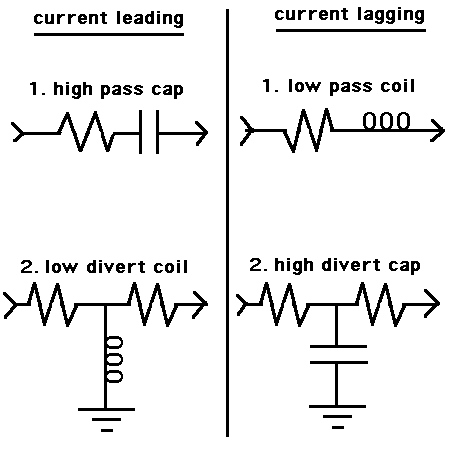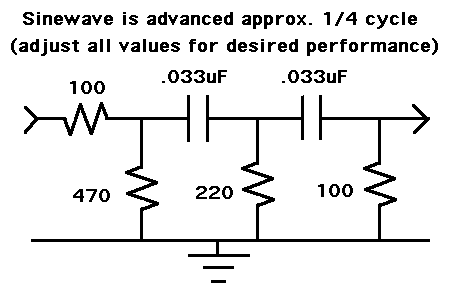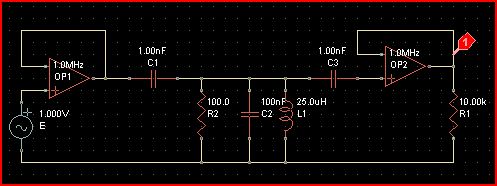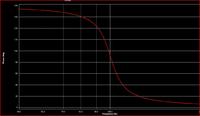sudip_kuet08
Junior Member level 1
- Joined
- Mar 27, 2012
- Messages
- 15
- Helped
- 0
- Reputation
- 0
- Reaction score
- 0
- Trophy points
- 1,281
- Location
- Bangladesh
- Activity points
- 1,401
HI,
I have to design a 90 degree phase shifting circuit for 100KHZ sinusoidal signal.
The frequency is fixed.
thanks for your time....
I have to design a 90 degree phase shifting circuit for 100KHZ sinusoidal signal.
The frequency is fixed.
thanks for your time....



